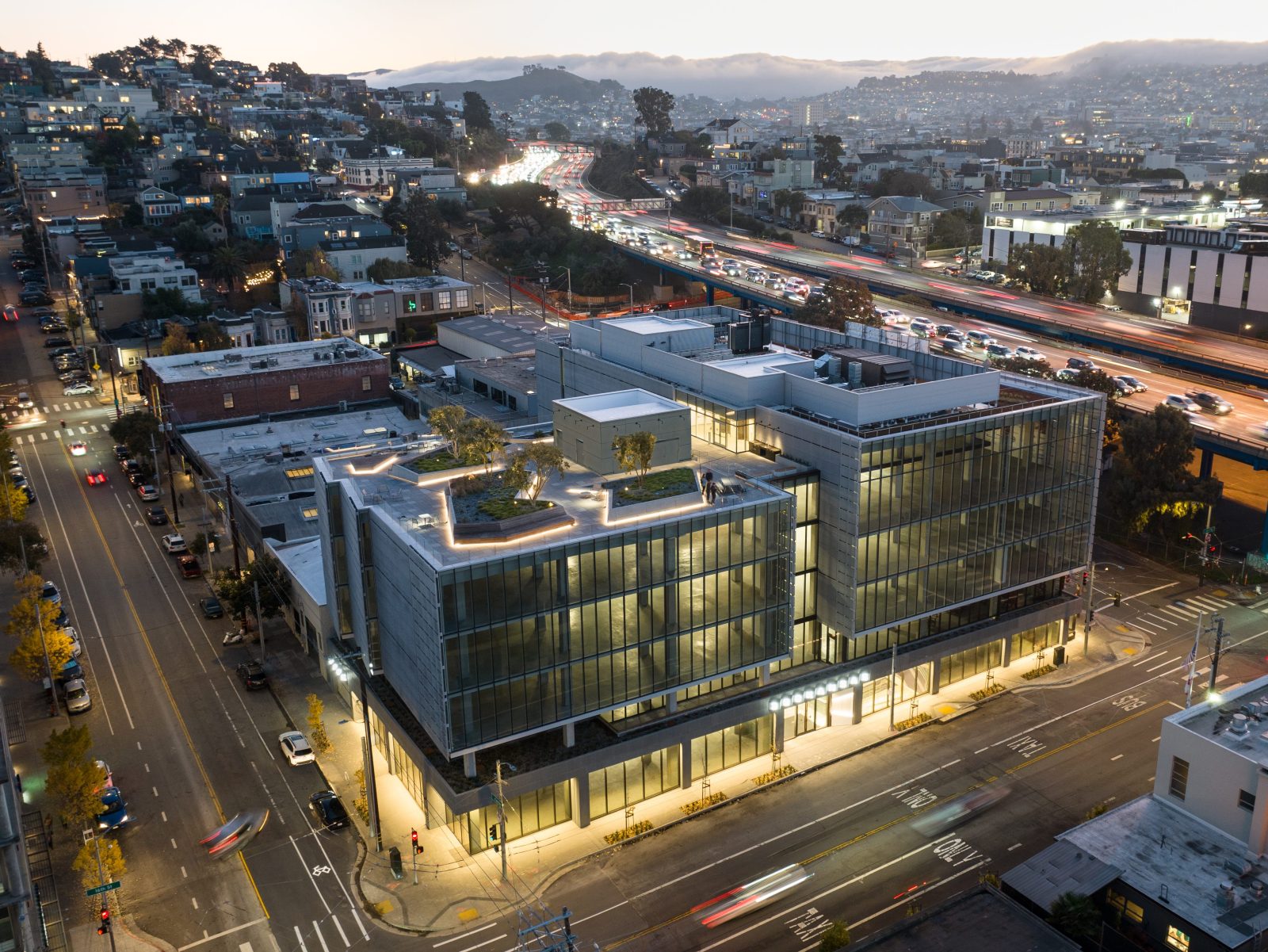MBA’s Take on the Future of Office Demand
A new white paper looks to the labor market for insights.
With the office market still in turmoil nationwide, the Mortgage Bankers Association‘s latest white paper aims to clarify some of the sector’s underlying issues by focusing on the labor market.
Co-authors Senior VP & Chief Economist Mike Fratantoni and VP of Commercial Real Estate Research Jamie Woodwell center their analysis—A Framework for Considering Office Demand in a Post-pandemic World—on a comparison of two contrasting scenarios for a post-pandemic office market.
In one, designated the “base case,” hybrid work continues, and most workers come into the office two or three days a week at most. In the alternative case, there’s a significant shift back to pre-pandemic conditions, with most workers spending three or more days a week in the office.
READ ALSO: 5 Ways CRE Investors Can Get Recession-Ready
One of the pivotal factors here is whether the labor market remains tight, favoring employees and thus remote or hybrid work, or loosens up in the near future, letting employers push for more in-person work.
Another dimension that Fratantoni and Woodwell explore is the trade-off between short-term and long-term benefits. The former are more tangible to both employers and workers, while the latter “have—thus far—remained largely notional to both workers and employers.”
A crucial long-term benefit to more in-office work is the development of workplace capital, the intangible organizational boost that comes from interpersonal connections and communications. The white paper puts it this way: “In-person work builds workplace capital while fully remote work stalls the development and hastens the drawing down of that workplace capital.”
A related element is “proximity bias,” for which the authors cite an April 4, 2022, Forbes article by Joe Du Bey. He defines this as “the phenomenon in which those who are physically closer to company leaders enjoy outsized influence and advancement opportunities relative to those who are hybrid or fully remote.”
It comes from such everyday things as side conversations happening as a meeting is breaking up, or a manager assigning a task just by looking around the table and seeing who’s there.
The bottom line?
Using the dot.com crash as an example, the white paper suggests that if the base case (hybrid work remains dominant) occurs, “occupancy rates, property net incomes and values [could] all fall by 20 percent (all else being equal) or more as leases roll over the coming decade.”
In the alternative case, workers would return to the office in greater numbers, in part to avoid missing out on career opportunities. If that were to happen, there would be a gradual return to something more resembling the pre-pandemic office market.
But neither the “office market” nor “office demand” is monolithic. The white paper states: “Demand for office will be determined by the mix and how many—and what types and sizes of firms—pursue which. There will likely be concentrations in approaches by industry, geography, firm size and more.”
Finally, the future won’t be either/or with respect to a return to the office, Fratantoni and Woodwell say: “… in either path, it is unlikely that we will see the office market return to its former shape, size and dimensions.”








You must be logged in to post a comment.